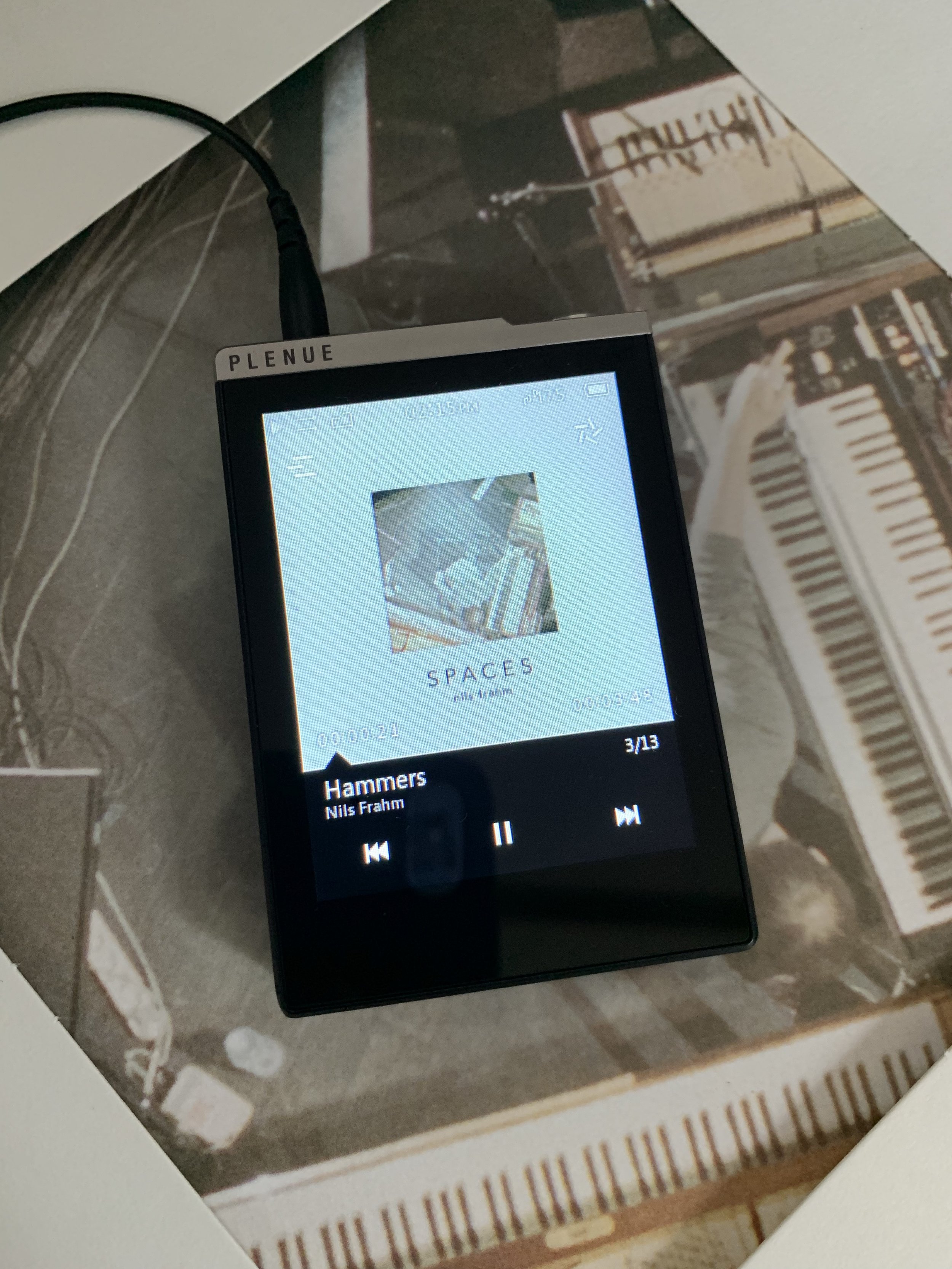Marketing commentators LOVE espousing the idea that consumer attention is fleeting and that we all have the attention of a goldfish. Therefore all content has to be bitesize and digestible in 5/10/20 seconds.
(Still with me?)
Lets be clear, short form content has a place. But it doesn’t follow that its the only format. There is absolutely a role for medium and long form content. Short form content is great for grabbing attention and marking interesting milestones, but sometimes deeper, explanatory content is needed too. The better way to think about it is there’s a role for great content, no matter what the length. The art is to decide at what point in the customer journey you use each format. Perhaps the attraction of short content is that because its shorter its less painful to endure. After all, no one enjoys chewing through a dull old whitepaper. But great long form content does work (see that compelling Neflix boxset).
I particularly like this video by Shopify about one of their customers, Hiut Denim (subsequently beloved of one Meghan Markle). Now, Shopify could’ve done a two page PDF or a perky “ROI” infographic but they chose to make a 30 minute, gorgeously produced documentary about the company & its background.
Why? Well, I can only guess its because Hiut have an extremely emotional story to tell. In 2002, 400 of the world’s most talented jeans makers were suddenly put out of work when their employer outsourced denim production overseas. Overnight, 10 percent of the population of Cardigan, U.K., lost their jobs, as the country’s largest jean factory moved to Morocco. So, Cardigan natives and apparel veterans David and Clare Hieatt looked to put Cardigan back on the map by reopening the factory, and rehiring the original team to make the world’s best jeans under the Hiut brand.
Its a brave move, and as I say I’m not close to the motivations behind its production. But I love it, and its a refreshing change, one that’s appropriate given Hiut’s history. Like all good stories, it builds a strong emotional connection with both Hiut, and Shopify as a brand supporting it. Hiut even feature the video on its website.
So sometimes, stop feeding the goldfish and give your story the space to swim free ;)









